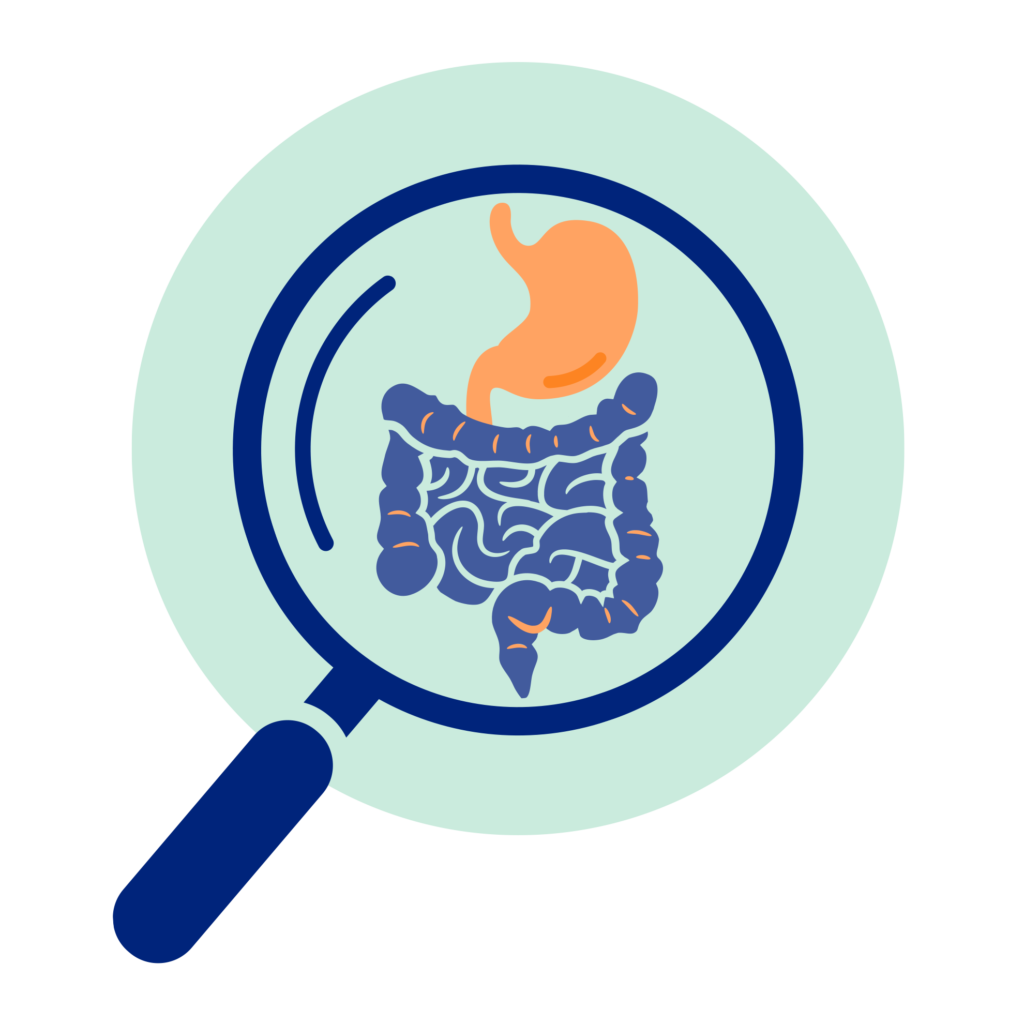
The tiny-TIMsg consists of an advanced gastric compartment (TIMagc) which allows realistic simulation of gastric morphology and motility. This is of particular interest when gastric behavior of test compounds, such as phase separation and phase-dependent gastric emptying, are important study objectives or research questions. The TIMagc allows studying the behavior of dosage forms under realistic gastric shear and pressure forces and their interaction with actual meals. Shear rates observed in the TIMagc are time-dependent, which are characteristics of the human gastric motility thus more physiologically relevant than the constant shear rates observed in conventional USPII.
In addition, the tiny-TIMsg consists of a small intestinal compartment, which simulates the transit through the small intestine, and can be controlled to represent average small intestinal conditions. Bile and pancreatic solutions are secreted at true-to-life flow rates, resulting in physiological luminal concentrations. Aqueous hydrochloric acid (HCl) solution or aqueous sodium bicarbonate (NaHCO3) solution is added to control the gastric or intestinal pH, respectively. The small intestinal content is mixed by peristaltic movements and flushed along a hollow fiber-membrane unit to remove the bioaccessible fraction. The type of hollow fiber membrane unit can be selected based on the compounds being studied. A dialysis module is used for the removal of water-soluble compounds from the intestinal lumen, while a filtration unit is used to remove mixed micelles that contain lipophilic compounds (e.g. fatty acids and lipophilic nutrients and/or pharmaceutical ingredients). The peristaltic movements are accurately controlled (and kept at body temperature) by modulating the pressure of the water circulation in the space between a flexible wall and a glass jacket. Maximum pressure is controlled by sensors present in the water circulation.
The two compartments are connected by a peristaltic valve. The tiny-TIMsg System closely simulates the successive dynamic conditions in the upper gastrointestinal tract, such as body temperature, pH curves, concentrations of electrolytes, enzymes and bile salts, and gastrointestinal transit of the food or water, related to the gastrointestinal conditions of adults, neonates (0-1 month of age), infants (1-6 months), toddlers (6-24 months), or elderly. The set-points for gastrointestinal simulation are controlled and monitored by specific computer programs.
During the experiments, the released and dissolved compound of interest is removed from the intestinal lumen through a semipermeable membrane unit connected to the small-intestinal compartment. This allows sampling during the gastrointestinal transit and the assessment of the bioaccessible fraction. This is the compound fraction that is potentially available for small intestinal absorption.



